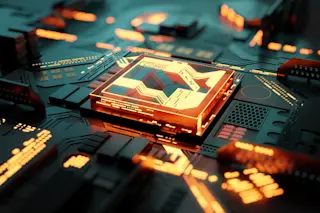Three-dimensional (3D) printing, also known as additive manufacturing or rapid prototyping, is the process of creating three-dimensional objects from digital files. Working on one layer at a time, 3D printers can create complex shapes at a speed that rivals traditional manufacturing methods. A short list below shows what 3D printers can make and scientists are already working on making human organs and skin:
Prosthetics
Artificial teeth
Robots
Furniture
Tools
Toys
Houses
The U.S. Department of Energy says in an article, “3D printing has the potential to revolutionize manufacturing, allowing companies (and individuals) to design and produce products in new ways while also reducing material waste, saving energy and shortening the time needed to bring products to market.” Depending on the size and complexity of the project, it could take a 3D printer from minutes to days to produce an object.
While it may seem that 3D ...














